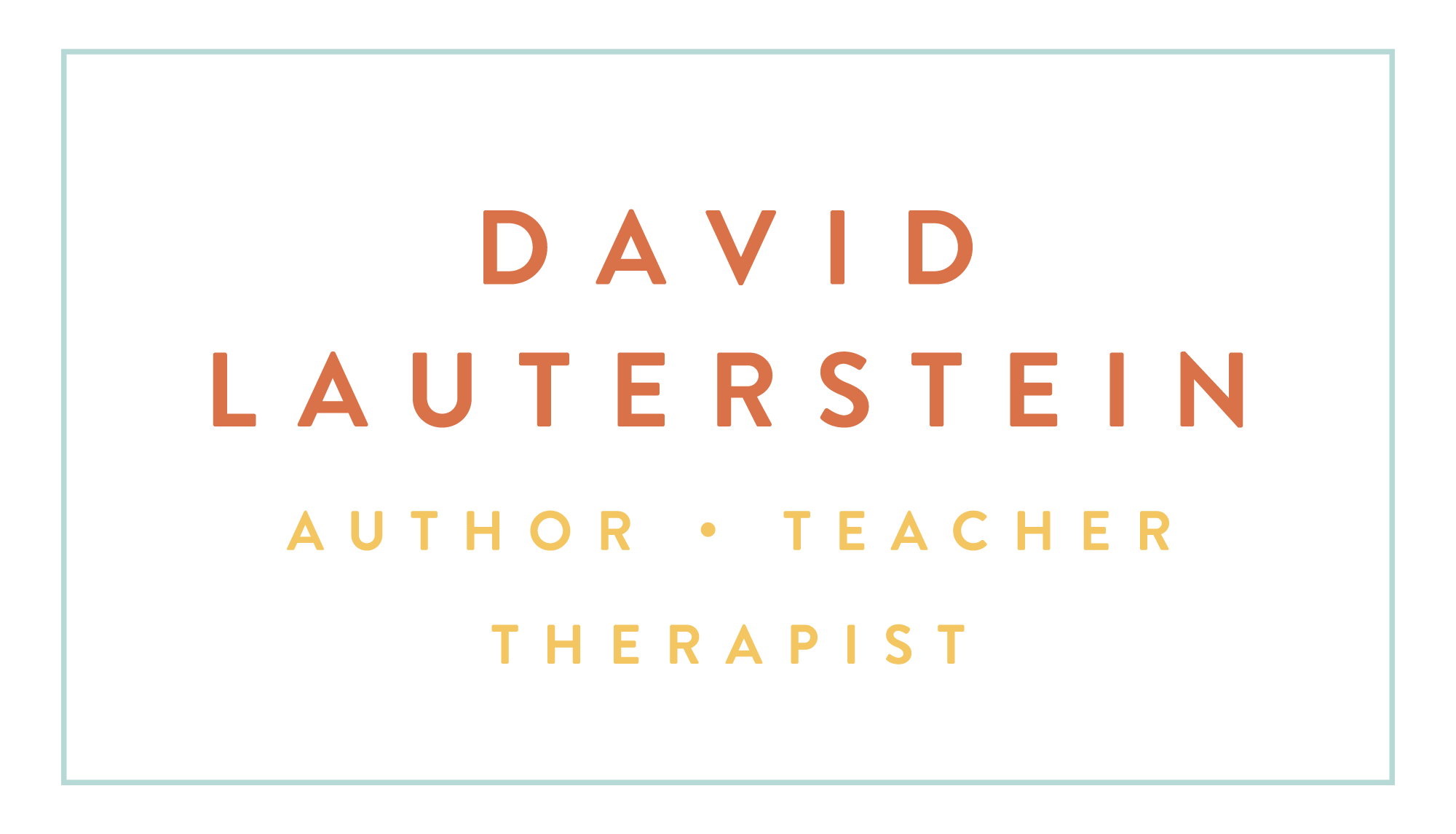A CRANIAL DIAPHRAGM - THE “GALEA APONEUROTICA”
‘To my maestro Pietro. Sing me a new song: the world is transfigured and all the heavens rejoice’. – Friedrich Nietzsche
For its proximity to thought, one muscle in the body might be considered as most reflective of the activity in your mind. It has a variety of names – overall, I like the most inclusive one, the “epicranius”.
Fascinatingly, just like the diaphragm, the epicranius has a central tendon – called poetically, the “galea aponeurotica”.
This central tendon that graces the top of the skull is the origin of two of this muscle’s three bellies. One (the “frontalis”) inserts on the skin just above the eyebrows and nose, and the other (“temporoparietalis”) to the auricles of the ears. So those parts lift the eyebrows and the ears respectively.
The exception is the posterior belly (“occipitalis”), which originates from the lateral 2/3rds of the occipital bone at the superior nuchal line and the mastoid process of the temporal bone and inserts into the galea aponeurotica itself.
When we massage near the brain, because we are creating sensation so close to where we perceive our thoughts as taking place, it tends to draw attention away from that almost constant and often overly dominating stream of thought. It seems to turn down the volume.
On the one hand, I deeply love the process of helpful and creative thinking and, on the other; sometimes the chatterbox of the mind is just exhausting in its non-stop, run-on sentences of mental spam. I’m sure you know what I mean!
Relax your mind. More and more research is telling us it is the nervous system that provokes physical changes in bodily tension levels - more than the muscles or connective tissues. Relax your mind – the body will follow. Or if you prefer another way of saying it – override the nervous energy with a clearer, calmer force field and the tensions in the body’s energy and structure will release.
Just as the history of your emotions may, in some sense, be “read” through the interplay of tensions and freedoms embodied in the skin, muscles and bones of the face, so the history of your thinking and feeling may be reflected in the geography and tension patterns of your cranial bones and the periosteum lying upon them and the surrounding muscles and skin. We’re not talking “phrenology” here, the belief that the head could be read like a palm. But there is no doubt that chronic tension in the realm of thought and emotion often results in physical tension, and here particularly, so near the “home” of thought and feeling.
So when you do Deep Massage for the epicranius, slow down and know that the client’s thoughts may in turn slow down and turn down in volume, with concurrent waves of relaxation flowing throughout the body. Address the full area with semi-circular fulcrums. Into each place you work, imagine, without excessive pressure, that you are contacting not only skin and muscles, but also the periosteum lying on the very surface of the cranium and perhaps in some sense the brain itself.
May it be, through these thoughtful and feelingful fulcrums, that we can convince that restless mind of ours to sing its songs a bit softer and more sweetly, with creativity and even more compassion for ourselves and the world in which we all live.
Illustration by Christy Krames from “The Deep Massage Book: How to Combine Structure and Energy in Bodywork”


